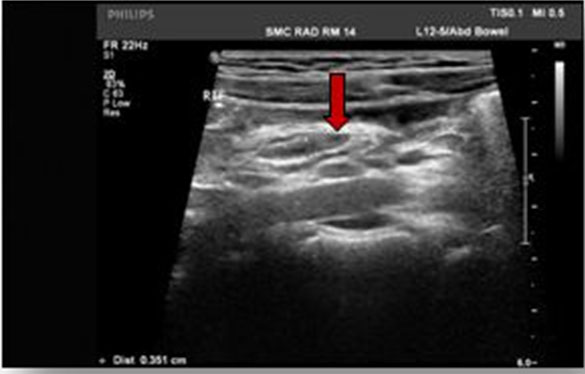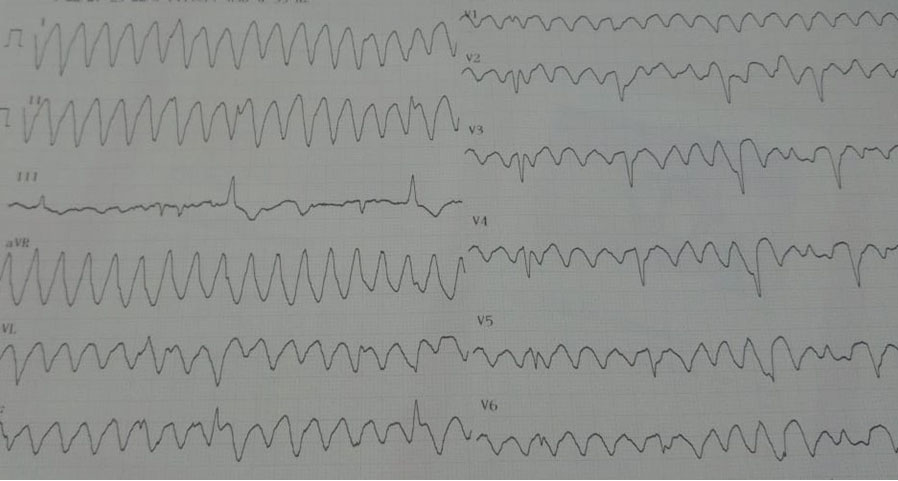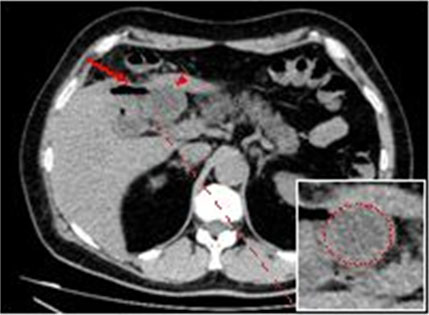 |
Case Report
Happy hypoxic: Unaware young man with DVTs and pulmonary emboli
1 Resident Physician, Internal Medicine, Northeast Georgia Medical Center, Gainesville, GA, USA
2 Assistant Clinical Professor of Medicine, AU/UGA Medical Partnership, Gainesville, GA, USA
Address correspondence to:
Christine Sykalo
DO, 743 Spring St. NE, Suite 710, Gainesville, GA 30501,
USA
Message to Corresponding Author
Article ID: 100102Z06CS2021
Access full text article on other devices

Access PDF of article on other devices

How to cite this article
Sykalo C, Arfoosh R. Happy hypoxic: Unaware young man with DVTs and pulmonary emboli. Case Rep Int 2021;10:100102Z06CS2021.ABSTRACT
Introduction: COVID-19 is a multi-systemic disease announced to be a pandemic by the WHO within three months of the first reported case. It was initially characterized as a respiratory virus; however, hypercoagulability and development of strokes and deep vein thrombosis (DVTs) have been seen. We present a case of a young patient with no past medical history who developed minimally symptomatic bilateral DVTs and pulmonary emboli (PE).
Case Report: A 26-year-old male with no past medical history presented with complaints of cough, fever, and diarrhea. Symptoms started two weeks prior to presentation, and he tested negative on COVID-19 nasal swab within that time frame. His cough was improving; however, he developed inability to keep food down along with bilateral calf pain with ambulation for three days prior to admission. Admission vitals were notable for fever and oxygen saturation of 91% on room air. A duplex ultrasound of the lower extremities showed bilateral thrombosis. Pulmonary computed tomography angiography (CTA) showed bilateral pulmonary emboli with numerous filling defects in the pulmonary arteries, along with peripheral interstitial densities. His COVID-19 nasal swab polymerase chain reaction (PCR) was negative, but the IgG serum antibody was positive. He was treated with steroids and anticoagulation.
Conclusion: Studies have documented that patients with COVID-19 pneumonia have increased risk of lower limb DVT, despite proper prophylactic treatment. Clinicians must maintain high index of suspicion and a low threshold to order key tests in setting of unexplained hypoxia. We recommend obtaining serologic studies in late presenting patients with negative PCR swabs.
Keywords: COVID-19, Pulmonary emboli, SARS-CoV-2, Venous thrombosis, Young adult
SUPPORTING INFORMATION
Author Contributions
Christine Sykalo - Substantial contributions to conception and design, Acquisition of data, Drafting the article, Revising it critically for important intellectual content, Final approval of the version to be published
Rami Arfoosh - Substantial contributions to conception and design, Revising it critically for important intellectual content, Final approval of the version to be published
Guaranter of SubmissionThe corresponding author is the guarantor of submission.
Source of SupportNone
Consent StatementVerbal informed consent was obtained from the patient for publication of this article.
Data AvailabilityAll relevant data are within the paper and its Supporting Information files.
Conflict of InterestAuthors declare no conflict of interest.
Copyright© 2021 Christine Sykalo et al. This article is distributed under the terms of Creative Commons Attribution License which permits unrestricted use, distribution and reproduction in any medium provided the original author(s) and original publisher are properly credited. Please see the copyright policy on the journal website for more information.





